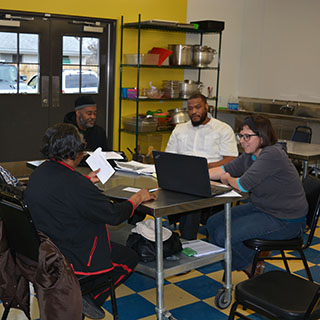Drastic changes to the federal budget that President Donald Trump proposed Thursday would have a significant impact on programs and services in the Mahoning Valley, local officials say.
The $1.15 trillion federal discretionary spending proposal for 2018 would slash the budgets of the Environmental Protection Agency, State Department, Agriculture Department and other federal agencies. The president also seeks outright elimination of 19 agencies’ funding, including the Corporation for Public Broadcasting, the National Endowment for the Arts and the Institute of Museum and Library Services. The departments of Veterans Affairs, Homeland Security and Defense would see increases under Trump’s plan.
Here’s how Trump’s proposal – which the Congress can choose to incorporate into the budget it ultimately approves – could affect the Valley.
Mike Iberis, executive director of Second Harvest Food Bank of the Mahoning Valley, is concerned about the overall impact of Trump’s proposal on the people his organization serves.
“We are certainly concerned that there are a number of budget cuts to people that are in poverty,” he said.
About 15 percent of the food Second Harvest distributes comes from The Emergency Food Assistance Program.
“I don’t see that on the chopping block,” Iberis said. He noted the proposed elimination of the Community Development Block Grant program’s funding. That program funds initiatives such as affordable housing and infrastructure development.
Ian Beniston, executive director of Youngstown Neighborhood Development Corp., said his organization uses CDBG funds to fix dozens of occupied homes in the city each year. He said the funds are a critical tool for people doing urban development work, and the cuts would have the largest effect on low-income families.
“The most impacted entity is not YNDC but the thousands of homeowners who can’t afford to make necessary repairs to their houses,” he said.
Youngstown Mayor John A. McNally said a loss of federal Community Development Block Grant funding would be a “detriment” to the city and to community organizations that rely on that funding to operate.
That includes funding for health clinics, the United Way, Goodwill Industries and lead-paint assistance, he said.
Jim Kinnick, executive director of Eastgate Regional Council of Governments, is concerned about the myriad programs from which his organization helps local governments secure funds. Eastgate oversees transit services in Mahoning, Trumbull and Ashtabula counties and is the metropolitan planning organization for Mahoning and Trumbull counties.
Kinnick noted, for example, the proposed elimination of the Appalachian Regional Commission’s funding. Kinnick said Eastgate typically helps local communities obtain about $800,000 annually in grants from that agency.
“That would be devastating,” he said.
GOOD NEWS FOR AIR STATION
Guy Coviello, vice president for government and media affairs for the Youngstown/Warren Regional Chamber, said he thinks the news out of Washington “bodes well for the Youngstown Air Reserve Station and Camp Ravenna.”
Coviello said he thinks increases in military funding in the next budget might help YARS in two areas — ancillary support associated with the acquisition of C130-J aircraft at the base and support for the aerial spray units the base operates.
Even more important for the area might be funding for the East Coast Missile Defense system for which Camp Ravenna is one of three finalists.
“The system will cost about $4 billion to construct, which means lots of long-term construction jobs there and when it’s done,” he said. “It results in about 600 to 800 employees that are the vast majority very high-level scientists and engineers, very highly educated, very high salaries. We haven’t had anything like that here for a very, very long time.”
The Arts
Louis A. Zona, director of the Butler Institute of American Art in Youngstown, said the museum depends on federal funding.
“Over the years we have received project support from the National Endowment for the Arts and the Institute for Museum and Library Services,” said Zona. “Paintings have been restored through NEA granting. Importantly, the Ohio Arts Council receives NEA support, which in turn, helps museums like the Butler with annual operating support assistance.”
Zona expressed concern over the possibility of cuts. “It would be a shame if such a tiny part of the federal budget, the National Endowment for the Arts, an institution that does such good, would be eliminated.”
Patricia Syak, president of the Youngstown Symphony Society, which owns and operates the DeYor Performing Arts Center, also expressed concern.
“The Youngstown Symphony Society receives funding from the NEA through the Ohio Arts Council,” said Syak. “The funding assists the Youngstown Symphony Orchestra to engage in educational activities that reach children in high-poverty and rural areas of the Mahoning Valley.”
EDUCATION
Trump recommends cutting the Department of Education’s budget by 14 percent. He would cut $3.7 billion in grants for teacher training, after-school and summer programs, and aid to low-income and first-generation students, The Washington Post reported. The budget also would reduce federal work-study assistance for college students and increase funding for charter schools.
Youngstown City Schools CEO Krish Mohip worries about the ramifications even beyond education.
“I think the research is clear: Reducing the investment in education has consequences,” he said. “Society pays for it down the road many times over.”
Youngstown State University President Jim Tressel said it is important to understand these are challenging times at the state, federal and university level and “tough decisions have to be made.”
Neal McNally, vice president for finance and business operations, said the university would be affected in terms of student loans and federal aid including grants for research projects.
Tressel said he was unsure as to how specific the cuts in education are and how they’ll affect higher education, so it’ll be a wait-and-see situation.
POLITICIANS REACT
Reactions from the Valley’s elected officials were mixed.
U.S. Rep. Tim Ryan of Howland, D-13th, said Trump’s budget would put the U.S. on a “ruinous path.”
“This budget is a nonstarter, and I stand ready to get to work with my colleagues on both sides of the aisle on a realistic budget that properly funds these important programs, and gets Americans back to work,” he said in a statement.
U.S. Sen. Sherrod Brown, D-Cleveland, also voiced opposition to Trump’s budget, with one exception. He supports the portion of the budget blueprint that addresses trade policy, such as tougher trade enforcement.
Brown decried Trump’s proposed elimination of the Great Lakes Restoration Initiative, a cleanup fund.
Republican U.S. Sen. Rob Portman of the Cincinnati area also supported the fund: “I’m committed to continuing to do everything I can to protect and preserve Lake Erie, including preserving this critical program and its funding.”
U.S. Rep. Bill Johnson of Marietta, R-6th, expressed support for Trump’s budget.
“America is over $20 trillion in debt, and I’m glad we now have a president who understands that we can’t keep spending money we don’t have,” Johnson said. “This budget will kick-start an important, and overdue, debate about the need and effectiveness of many federal programs.”
To read the full story from the Vindicator, click here.
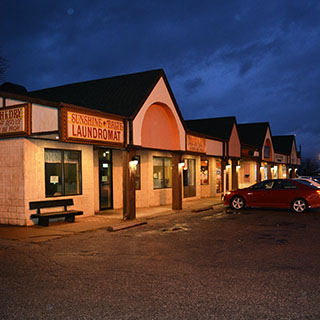 ,
, 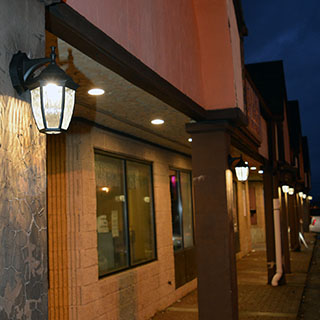 ,
, 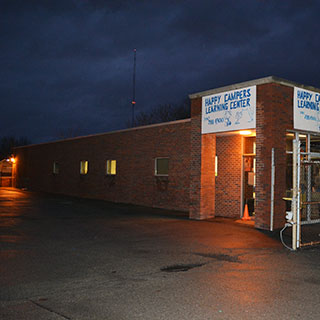 ,
, 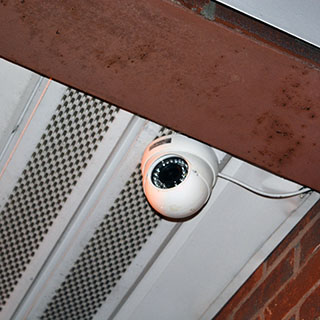 ,
, 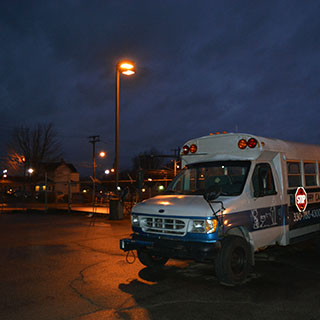 ,
, 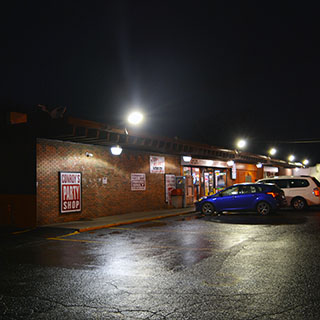 ,
, 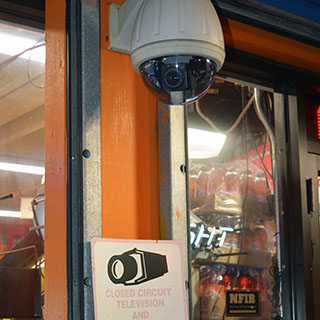 ,
, 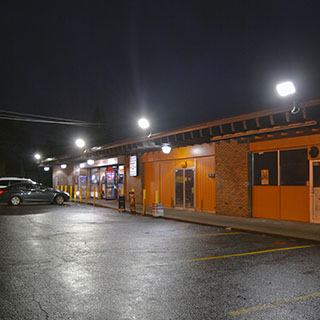 ,
, 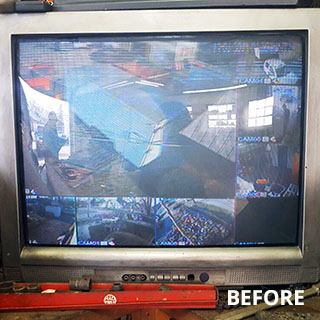 ,
, 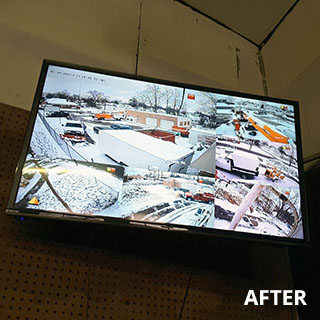 ,
, 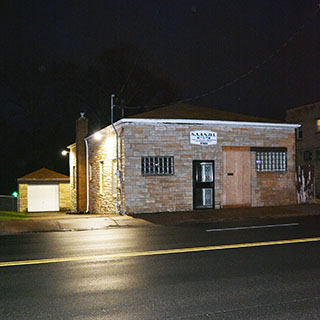 ,
, 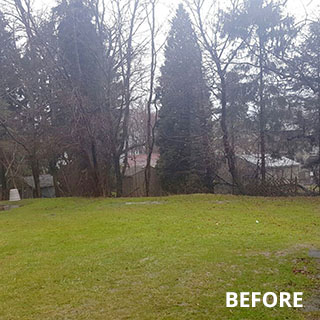 ,
, 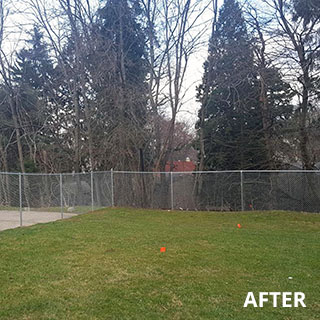
 ,
,  ,
,  ,
,  ,
,  ,
,  ,
,  ,
,  ,
,  ,
,  ,
,  ,
,  ,
, 
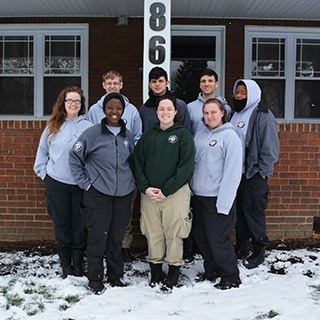 ,
,  ,
,  ,
,  ,
, 
 ,
,  ,
,  ,
,  ,
, 

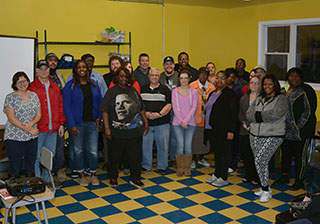 ,
,  ,
, 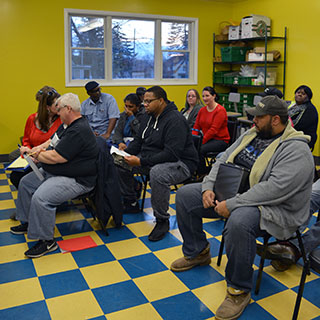 ,
, 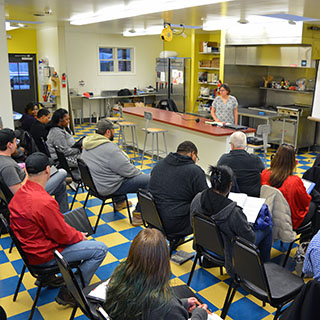 ,
, 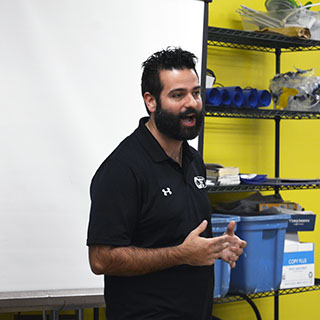
 ,
, 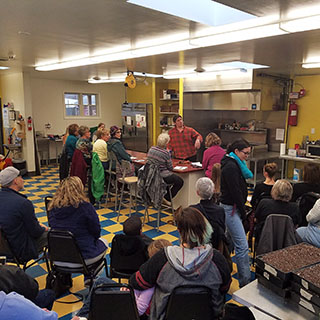 ,
, 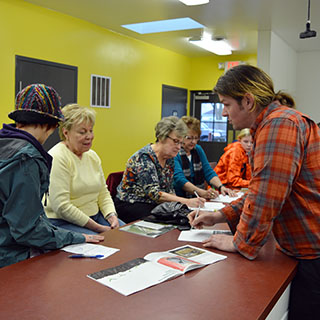 ,
, 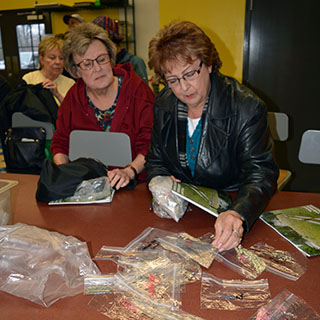 ,
, 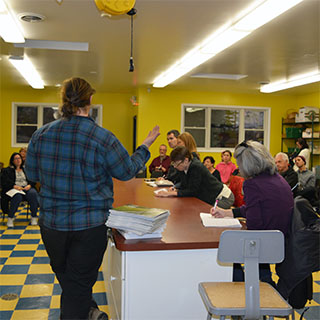 ,
, 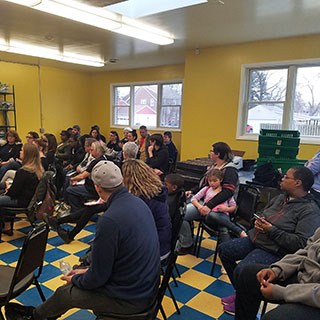 ,
, 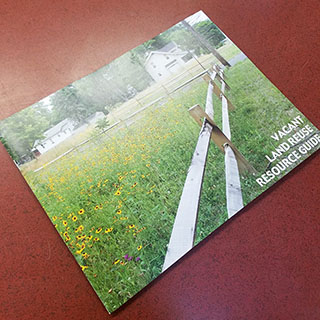
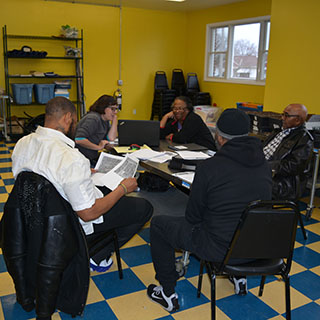 ,
, 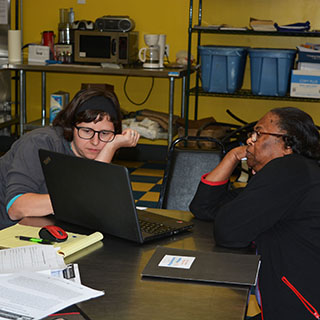 ,
, 